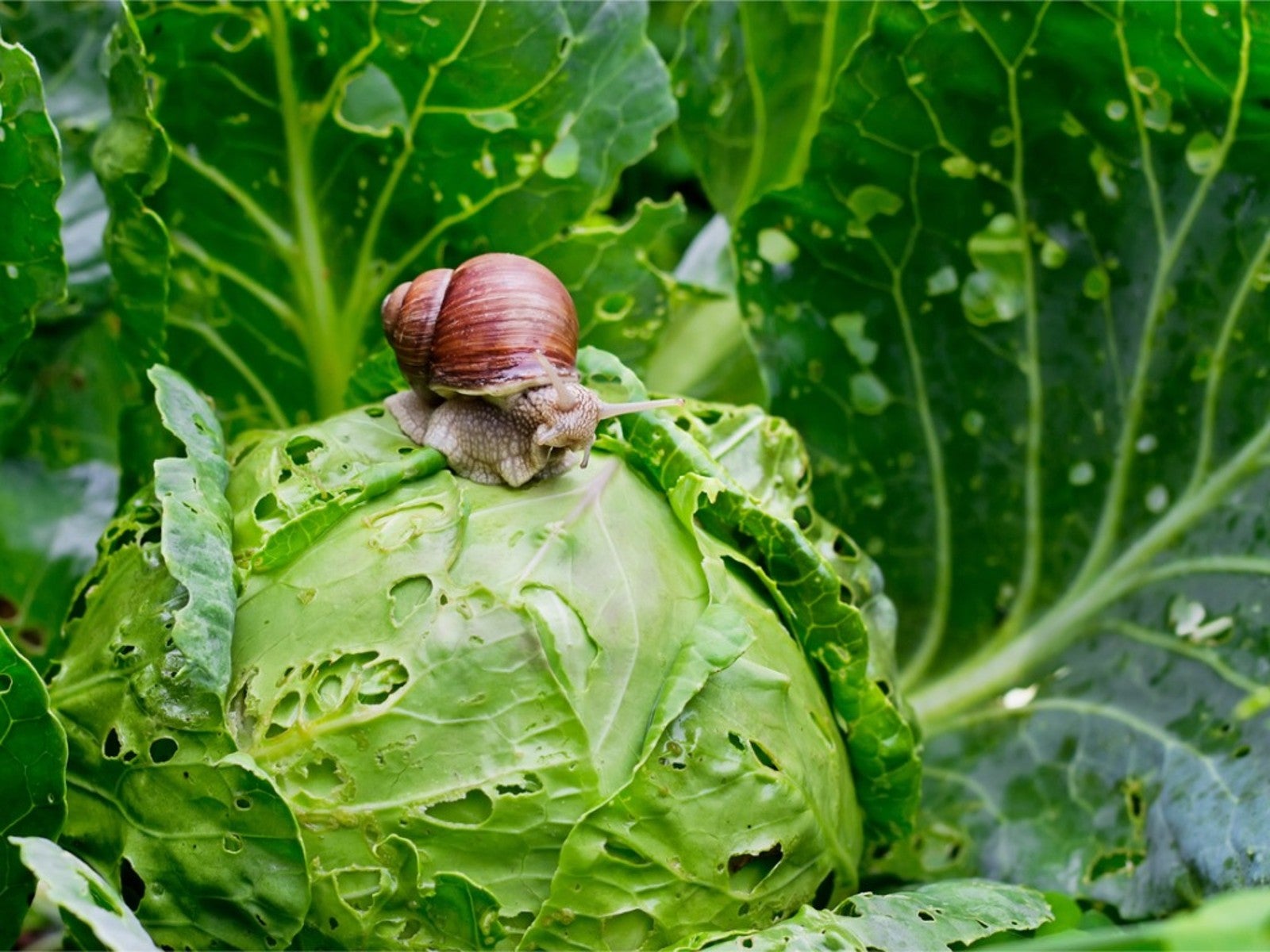
Nearly one third of the food produced in the world is thrown away. Much of it is damaged fruits and vegetables. If you have your own garden, you may be tossing away less than perfect or even slightly damaged vegetables. In our culture that is skewed toward perfection, even the tiniest pinhole on some kale is often considered food waste and is tossed into the garbage bin. Is it safe to eat kale with holes in it? It often depends on what made the holes rather than the holes themselves. Curious if you can eat vegetables with holes? Read on to learn about eating damaged produce.
Eating Damaged Fruits and Vegetables
Many home gardeners are elated when their first crops are ready for harvest, some so much so that a few bug-eaten veggies are not a problem. Some immediately toss out damaged crops while others carefully cut around produce that’s been nibbled on by pests and eat the rest.
Whether or not a person should eat damaged produce is a mixture of personal opinion and science. In the end it really depends on what the damage is. For instance, a worm hole in an apple is absolutely not a big deal but a crop that has signs of mammal feeding or feces, or is just plain moldy, is a red flag.
Can you Eat Vegetables that Have Been Eaten by Bugs?
Produce that has obviously been nibbled on by insects is worth a second inspection. If there are only a few holes and no evidence of the nibbler itself, in all likelihood it is safe to eat.
Produce that’s peppered with holes is less inviting. Depending upon how many holes there are, the fruit or veggie may have more holes than produce.
Damage That is Safe to Eat
It may surprise you to know that the Food and Drug Administration has guidelines as to how many bugs are allowed in a type of food. They set the standard for maximum levels of natural or unavoidable defects in food destined for human consumption.
For instance, you may have seen a video on the internet about strawberries that once soaked in salt water reveal themselves to be chock full of tiny worms. Yes these tiny white larvae exist and no they are not harmful to the consumer. In fact, had you not watched the video it's possible you’ve ingested some yourself.
Sign up for the Gardening Know How newsletter today and receive a free copy of our e-book "How to Grow Delicious Tomatoes".
The FDA says that berries are allowed to have an average of 4 or more larvae per 500 grams; a little more than a pound. They don’t stop there. Additional guidelines dictate how many insect fragments are allowed in your favorite chocolate bar or larvae in ketchup.
Damaged Fruits and Vegetables You Shouldn't Eat
While potentially distasteful to some, produce that has been nibbled on by insects is generally safe for consumption. Other bite marks or evidence of animals aren’t as safe.
Produce that looks like it’s been snacked on by rodents or rabbits should probably be passed up. Let the bunnies have it. The same goes with produce that birds have pecked at or pooped on. Evidence of scat is questionable. If the scat isn’t on the produce and nowhere near it, it’s likely fine however, fecal matter has the potential for lots of diseases. Is it really worth the risk? Compost it.
Any produce that has large holes or many holes is suspect. This isn’t necessarily because of insects. The hole might be from equipment, weather or harvesting injuries. The problem is the holes have now left the fruit open to microorganisms that cause foodborne illness such as E. Coli or other harmful molds that can be toxic to humans.
These pathogens may not be readily apparent until the produce is farther along in the decomposition process but the risk is there. Cooking may destroy some pathogens but not all, and it isn’t worth risking a loved one’s life by giving them Salmonella or other disease.
Even mold can be deadly. While penicillin is responsible for curing millions of people, some are allergic and it can kill them. Some molds produce mycotoxins that can make a person sick with stomach upset and diarrhea, but may kill a person with a compromised immune system or comorbidity.
The old saying used to be, “when in doubt, throw it out”. Today, instead of the garbage can, the compost pile beckons and will benefit from the addition.

Amy Grant has been gardening for 30 years and writing for 15. A professional chef and caterer, Amy's area of expertise is culinary gardening.
